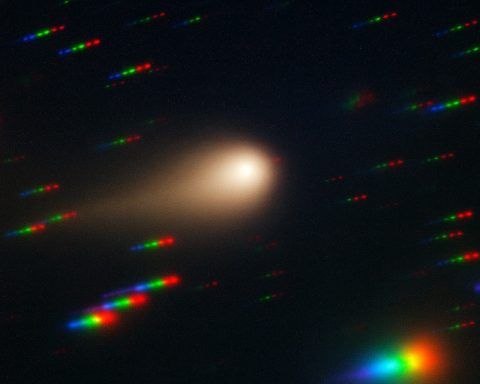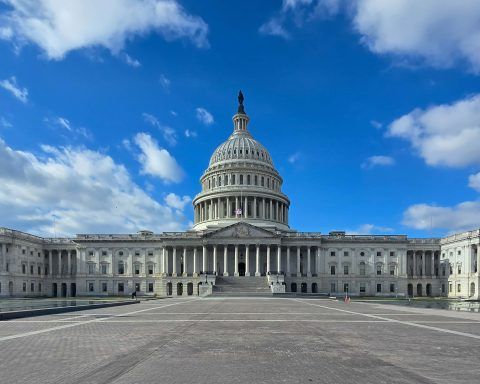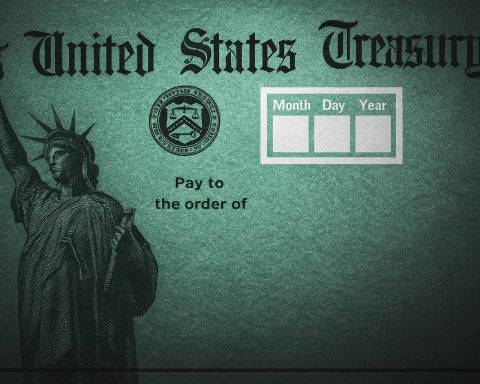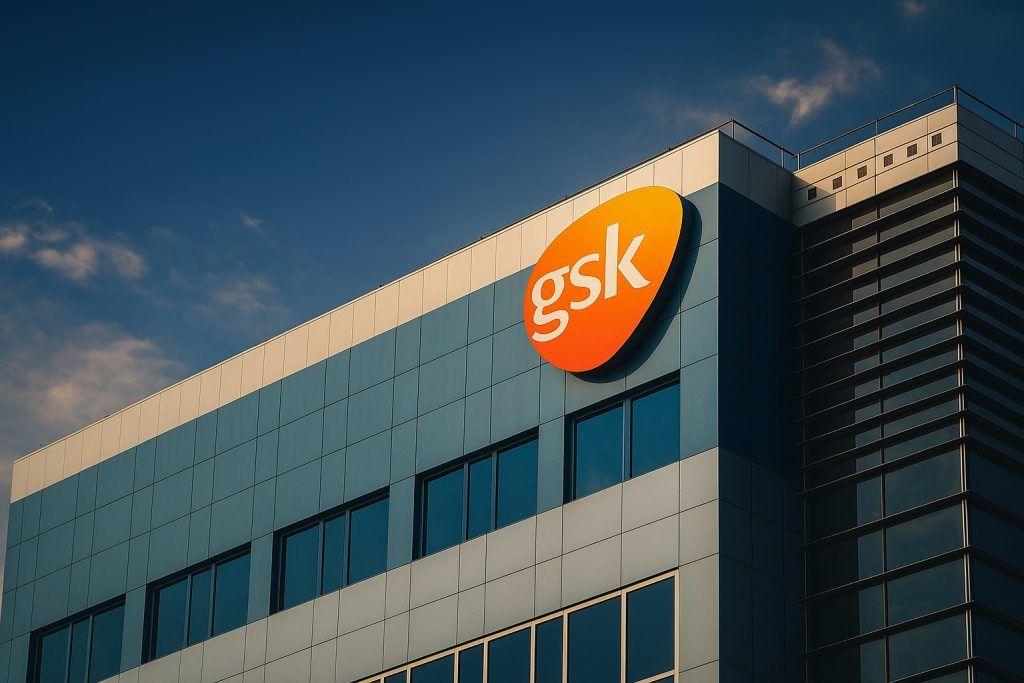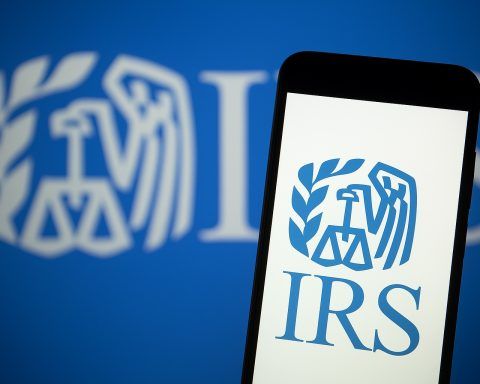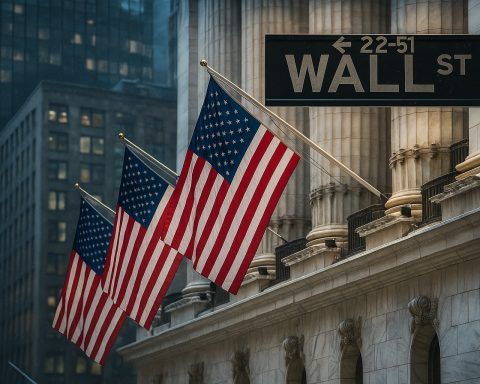Updated November 11, 2025
Quick takeaways
- President Trump says he wants to send most Americans a $2,000 “tariff dividend” funded by import duties; the idea was floated in weekend posts and reiterated Monday. [1]
- Big hurdles remain: there may not be enough tariff revenue to cover the cost, Congress controls the purse, and the Supreme Court is weighing the legality of the tariffs themselves. [2]
- Treasury Secretary Scott Bessent signaled any “dividend” could arrive indirectly via tax relief (e.g., no tax on tips or overtime) rather than as checks. [3]
- For Michigan, where autos and imported parts are central to the economy, local outlets say the notion of “checks soon” remains uncertain and unlikely for now. [4]
What exactly did Trump propose?
Over the weekend and again on Monday, President Trump promoted the idea of paying Americans a $2,000 per-person “dividend” funded by tariff receipts, with high‑income earners excluded. He also said remaining proceeds would help reduce the national debt. The message came first in a Truth Social post and then in Oval Office remarks. [5]
Can the White House send checks without Congress?
Short answer: No. Tariffs are taxes paid by importers to U.S. Customs and then deposited into the Treasury’s general fund; Congress must appropriate money before it can be sent out as payments. Analysts and legal experts note a president cannot unilaterally redirect those funds to households. [6]
Do the numbers even work?
There’s a math problem. A $2,000 payment to ~150 million adults under a $100,000 income cap would cost nearly $300 billion, according to Erica York of the Tax Foundation; the cost grows if children qualify. By comparison, about $174 billion in tariff revenue from new and existing levies had been collected through September—suggesting an immediate shortfall. (Other estimates range higher depending on how the plan is structured.) [7]
What is Treasury actually saying?
On ABC’s This Week, Treasury Secretary Scott Bessent said he hasn’t discussed a formal $2,000 payment plan with the president and suggested the “dividend” could arrive “in lots of forms”—notably through tax changes such as no tax on tips, overtime, or Social Security, and deductibility of auto loans—rather than as a mailed check. That implies any benefit would likely flow through the tax code already advanced in this year’s tax package, not a new stimulus program. [8]
The Supreme Court wildcard
Even before Congress, the courts could upend the plan. The Supreme Court heard arguments Nov. 5 on whether Trump could use the International Emergency Economic Powers Act (IEEPA) to impose sweeping global tariffs. Several justices—across the ideological spectrum—voiced skepticism about the administration’s broad reading of IEEPA during oral arguments. A loss could force large refunds to importers and halt many of the contested tariffs, shrinking or eliminating the pool of money for any “dividend.” [9]
For flavor of the debate, Justice Amy Coney Barrett pressed counsel on the statute’s text—particularly whether “licensing” can be stretched into a revenue‑raising tool—underscoring the Court’s concern with using IEEPA to levy de‑facto taxes. (From the official argument transcript.) [10]
What it means for Michigan and other manufacturing states
In Michigan, where automakers and suppliers rely on complex, import‑heavy supply chains, local coverage emphasizes that talk of near‑term checks remains speculative. Michigan Public reported today that while the White House touts tariff revenue, the proposal lacks detail and faces steep practical and legal obstacles, even as Trump continues to promote it. [11]
A statewide explainer from Patch similarly notes that eligibility, timing, and distribution are unclear, and points readers to Bessent’s comments that any “$2,000 dividend” could be realized through tax changes rather than direct mail payments. [12]
The broader economic backdrop
The administration’s sales pitch frames tariffs as a tool to re‑balance trade, grow manufacturing and—initially—generate revenue. But recent consumer‑price data show inflation running around 3.0% year over year in September, and tariffs continue to raise prices of certain goods such as apparel and appliances—costs often passed along to consumers and businesses. That complicates the idea that tariff‑driven revenues are “free money” for households. [13]
So…will anyone get a $2,000 check soon?
Unlikely in the short term. Here’s why:
- Appropriations: Congress would have to pass a law to send payments drawn from tariff revenue. With a shutdown fight and other priorities competing for floor time, that’s a heavy lift. [14]
- Revenue vs. cost: Current collections appear insufficient to fund the scale of payments described—unless eligibility is narrowed or the amount is cut. [15]
- Legal risk: A Supreme Court ruling against the IEEPA tariffs could not only halt them but force refunds to importers, draining funds the White House has invoked for a “dividend.” [16]
- Policy signals: Treasury’s on‑air guidance points to tax‑code changes as the practical path—not physical checks. [17]
What to watch next
- Supreme Court ruling timeline: The Court is moving on an expedited schedule; watch for a decision that could reshape tariff policy and any dividend talk. [18]
- Hill dynamics: Whether congressional leaders draft legislation to convert tariff revenue into targeted tax relief (or any rebate mechanism) will reveal if the idea has legs beyond social posts. [19]
- Treasury/NEC follow‑through: Look for formal Treasury guidance or White House proposals translating the “dividend” into concrete tax provisions—or for officials to keep steering expectations toward the existing 2025 tax package. [20]
FAQ
Is the $2,000 “tariff dividend” official policy?
No. It’s a presidential proposal with no formal plan or enacted funding. Treasury has not released implementation details. [21]
Could the administration do this without Congress?
No. The Appropriations Clause puts Congress in charge of spending; tariff receipts sit in the Treasury’s general fund until lawmakers act. [22]
How much tariff money has the U.S. collected this year?
Estimates vary by what’s counted, but analyses cited by major outlets peg receipts through September at about $174 billion (new and existing tariffs), with roughly $120 billion from new tariffs—a gap with the nearly $300 billion cost of $2,000 payments to ~150 million adults. [23]
What happens if the Supreme Court strikes down the IEEPA tariffs?
Large portions of the tariff regime could be halted and the government may need to issue refunds to importers—potentially north of $100 billion—undercutting any dividend concept. [24]
What’s the Michigan angle right now?
Local reporting underscores that eligibility, timing, and delivery are undefined, and that any benefit may come through the tax code, not checks—especially relevant in a state sensitive to parts and vehicle import costs. [25]
Bottom line
The “tariff dividend” has become a headline‑grabbing slogan, but policy reality still points to tax‑based relief—not checks—and only if Congress and the courts cooperate. Until the Supreme Court rules and lawmakers act, don’t plan your budget around a $2,000 payment. [26]
Sources: Reuters, The Washington Post, ABC News (This Week transcript), Michigan Public, Patch Michigan, Supreme Court oral argument transcript. [27]
References
1. www.washingtonpost.com, 2. www.washingtonpost.com, 3. abcnews.go.com, 4. www.michiganpublic.org, 5. www.washingtonpost.com, 6. www.washingtonpost.com, 7. www.washingtonpost.com, 8. abcnews.go.com, 9. www.reuters.com, 10. www.supremecourt.gov, 11. www.michiganpublic.org, 12. patch.com, 13. www.reuters.com, 14. www.washingtonpost.com, 15. www.washingtonpost.com, 16. www.reuters.com, 17. abcnews.go.com, 18. www.washingtonpost.com, 19. www.washingtonpost.com, 20. abcnews.go.com, 21. abcnews.go.com, 22. www.washingtonpost.com, 23. www.washingtonpost.com, 24. www.reuters.com, 25. www.michiganpublic.org, 26. www.washingtonpost.com, 27. www.reuters.com

